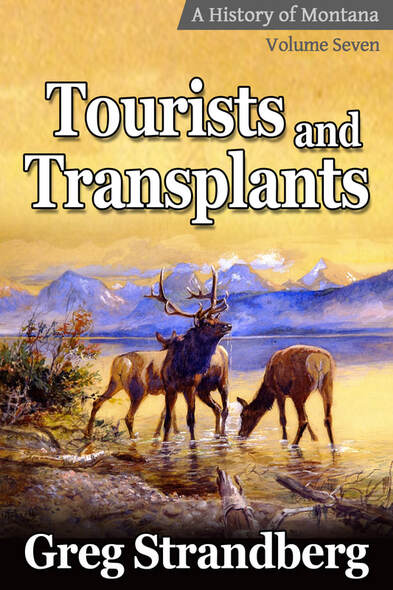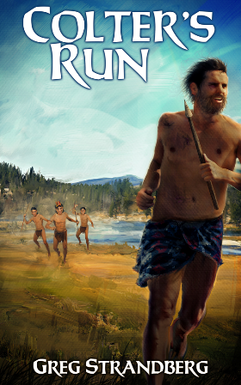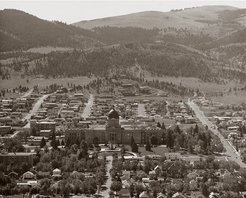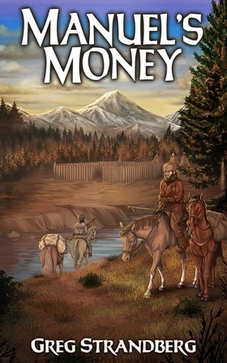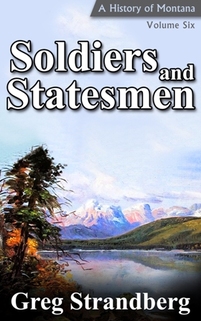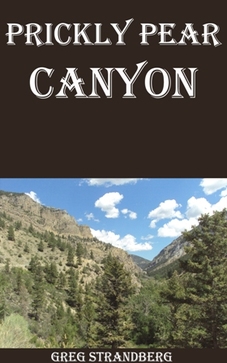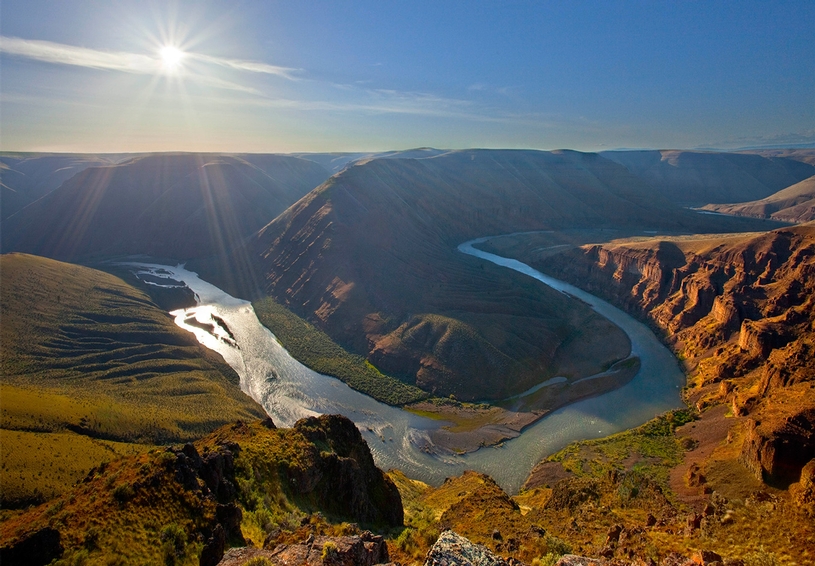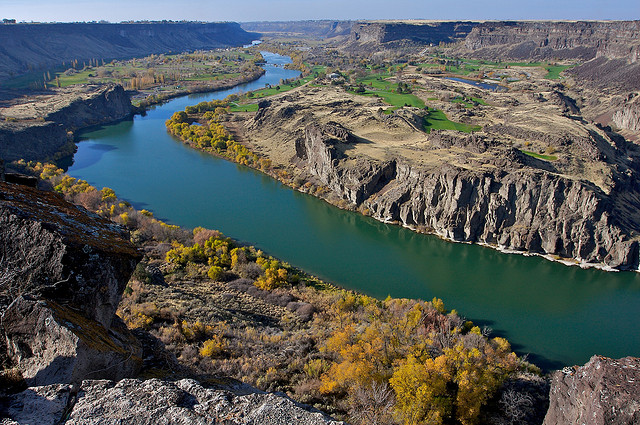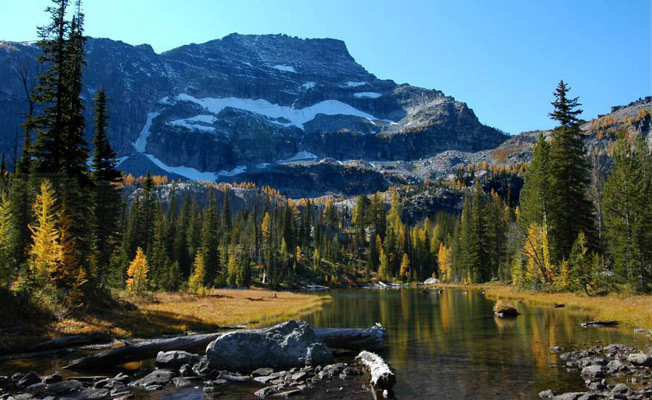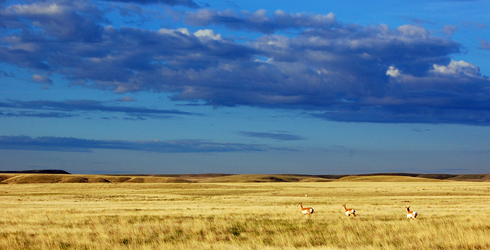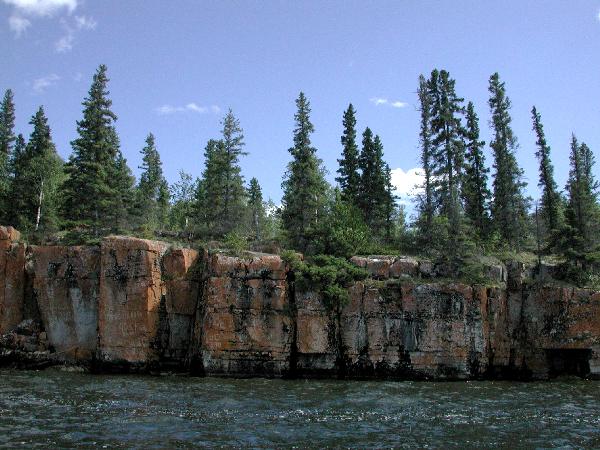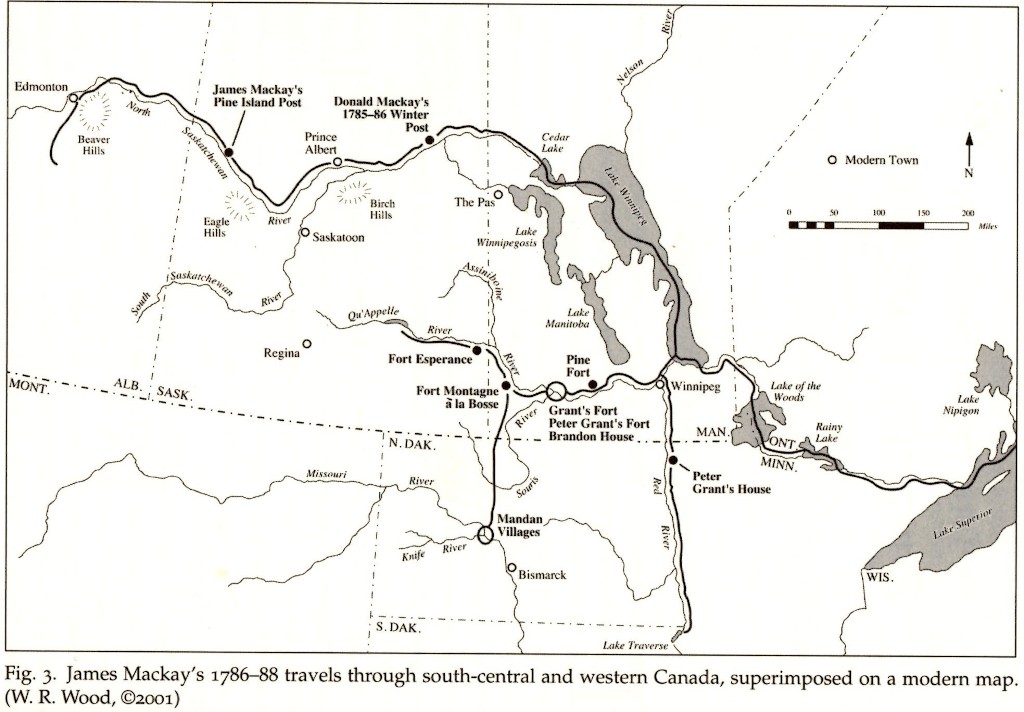This is my first work of fiction in four years and my first collection of short stories since 2015. It's on Amazon for you to buy. If you’re on Amazon Prime, you can read it for free.
Warning:
- These rare tales of terror should not be read at night.
- Overwhelming hysteria and grim black humor permeate many of these tales of woe.
- This book contains descriptive accounts of horror, complete with psychological underpinnings and overwhelming levels of violence.
- If you are especially sensitive to this material, it might be advisable to consult with your doctor before reading any further.



